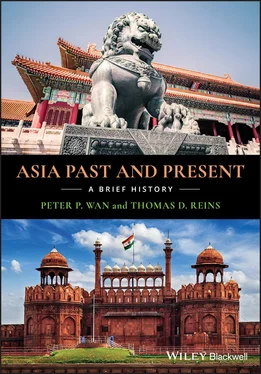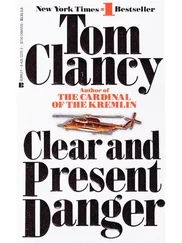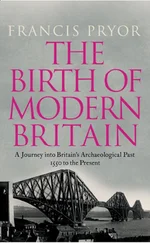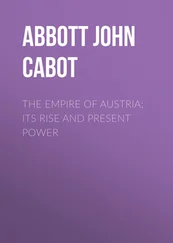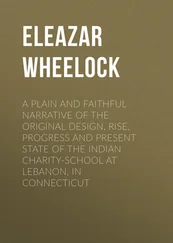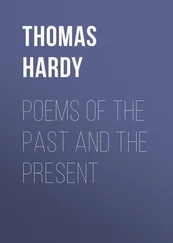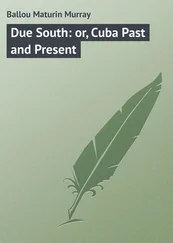China Enters the Iron Age: The Eastern Zhou Dynasty, 770–221 BCE
A non‐Han nomadic tribe captured and sacked the Zhou capital and killed its king. The succeeding Zhou king relocated his capital from near modern Xian eastward to Luoyang. This move marks a divide between the Western and Eastern Zhou Dynasties. As well, the use of iron appeared in China in the eighth century BCE. It was far superior to bronze for making tools and weapons, and it was readily available and inexpensive. Farmers began to make affordable iron tools, such as plowshares, hoes, shovels, and picks that were hard, strong, and good at holding a point or blade. And when they harnessed a powerful ox to an iron plow, they could open up virgin land, dig deep pits and furrows, and create waterways for irrigation and drainage. It was an agricultural revolution. As a result, agricultural production reached new heights and population growth followed. Iron also made agriculture more practical in the more difficult terrain of central and southern China, while more regular rainfall reduced the necessity of elaborate irrigation systems of the North China Plain.
The relocation of a capitalwould happen during many dynasties. It was usually prompted by one of two factors. One was to escape raids and encroachment by nomadic tribes, which usually came from the north and the west. The second was to move to a region of greater natural resources, greater wealth, or a larger population, which was often to the east and the south. In either case, the new capitals would be to the east or south of the old one. Hence, in chronological order, Western and Eastern Zhou, Western and Eastern Han, and Northern and Southern Song.
The agricultural revolution provided surplus food and goods, which were traded on the market. Lively trading created a demand for a larger volume of currency, so iron coins were added to copper coins to meet the demand. The flow of goods from one region to another increased the wealth of all parties involved and improved their standards of living. Small, closed, and self‐sufficient communities began to reach out and interact with others. These factors generated a commercial revolution.
The dramatic increase and spread of wealth across the land upset the old balance of power. The “Sons of Heaven” of the late Zhou Dynasty watched haplessly as power slipped from their hands. They would never be able to reestablish the kind of centralized authority enjoyed by their predecessors. As their power declined, their vassals (aristocrats and local lords) asserted ever‐greater regional autonomy. Soon the vassals were only paying lip service to the “Son of Heaven,” who now ruled only in name. The feudal system was in a state of disintegration.
The regional powers, now free of the restraints placed on them by the Zhou king, began invading each other’s territories. But they were sitting on volcanoes of their own, for their subordinates were also scheming to topple them. Consequently, this was a time marked by extreme examples of intrigue and violence within and between the powerful regional warlords. Out of a hodgepodge of big and small warlords fighting for control of land, population, and hegemony, seven hegemons emerged standing tall and strong. They headed regional states, not city‐states, where they built centralized monarchies. These emerging hegemons were called the “Seven Overlords of the Warring States,” who launched the Warring States Period, ca. 500–221 BCE.
Chinese who lived in times of declining central authority have never had anything good to say about their times, and historians have traditionally considered them bad times. But history has shown that, while they have their terrible downsides, the absence of a stifling central authority can also create an environment that induces great outbursts of energy and creativity. Late Zhou is a case in point.
The Golden Age of Classical Chinese Philosophy: Confucianism, Daoism, and Legalism
Confucius believed that humans are good by nature, and “the love of humanity” constitutes the core of Confucianism.
Legalists believed that “humans are evil by nature, and goodness is artificial.” —Xun Zi
Daoism taught, “Heaven and earth are unfeeling; they treat all things with indifference. The sage is unfeeling; he treats the multitudes of common people with indifference.” —Lao Zi
The profound changes introduced by the use of iron destroyed the old order, and created a new reality that was chaotic and brutally competitive. People felt an urgency to find answers to the life‐and‐death questions of how to survive in this new environment. This very practical need fueled the “Golden Age of Classical Chinese Philosophy.” It is described as a time when “a hundred flowers bloomed and a hundred schools of thought contended.” Men motivated by all kinds of purposes stepped forward with all kinds of answers. They were not nerdy men living in ivory towers. Most of them were hard‐nosed realists. They combined philosophy, statecraft, and common sense, often combined with great literary skill, to provide real answers to the real challenges of the day. This was the time when China’s three main schools of classical philosophy took shape.
Kong Zi founded the Confucian school of philosophy, which is a comprehensive ideological system that embraces his thinking on virtue, politics, history, historiography, aesthetics, and education. He created a sociopolitical vision that was based on an idealized “Golden Age” of the Western Zhou period, and his lifelong ambition was to restore the stability and harmony of that distant and idealized past.
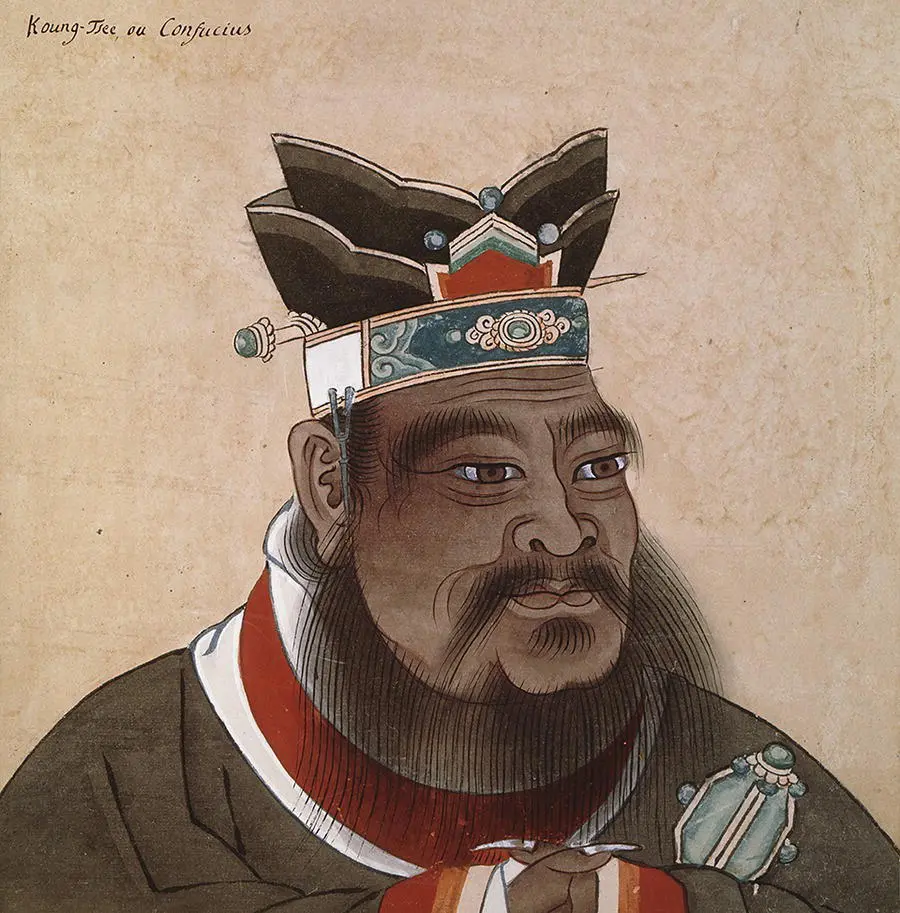
Confucius.
Source: DEA PICTURE LIBRARY/Getty Images.
Kong Zi(aka Confucius, 551–479 BCE) was born in the State of Lu, just downriver from the “Cradle of Chinese Civilization.” He learned to read and write as a child, but suffered from poverty because his father died when he was very young. As an adult, he played music at funerals, which was considered a very demeaning vocation at the time. Later, he became a petty official whose duty was to maintain social order and pursue thieves and robbers.
But he had great talent and ambition. He studied the Zhou classics and developed a vision of an ideal society. He traveled from state to state, seeking the ear of men in power to promote his vision. Advocating the rule of virtue and benevolent governance was a hard sell in a land ravaged by war. No one took him seriously, although some regarded him as a sage.
Disillusioned with politics by age 68, he remained unshaken in his idealism. He rededicated the remaining years of his life to education. He became a private teacher, taking students regardless of their social status. He tutored them in the “six arts”: morality and rituals, music and poetry, archery, horsemanship, reading and writing, and mathematics. He allegedly had 3000 students over the years, 70 of whom became prominent.
At the core of his philosophy is the concept of “benevolence,” which he defines as “the love of humanity,” which is supported by the concepts of “hierarchy” and “reciprocity.” His ideal family is headed by a father who has the responsibility of caring for his family, while other family members have the duty of showing filial respect to him, and caring for one another. His ideal state is modeled on an expanded family. The ruler is the head of the state, just as the father is the head of the family. He has the duty of practicing benevolent governance, and has the right to demand loyalty from his subjects, who have the duty of being loyal and obedient to him and living in harmony with one another. In this arrangement, one must obey one’s superior, but in turn, one has the right to expect guidance and protection from him. Both the family and the state structures are hierarchic, and people in them relate to one another in unequal but reciprocal ways.
Читать дальше
